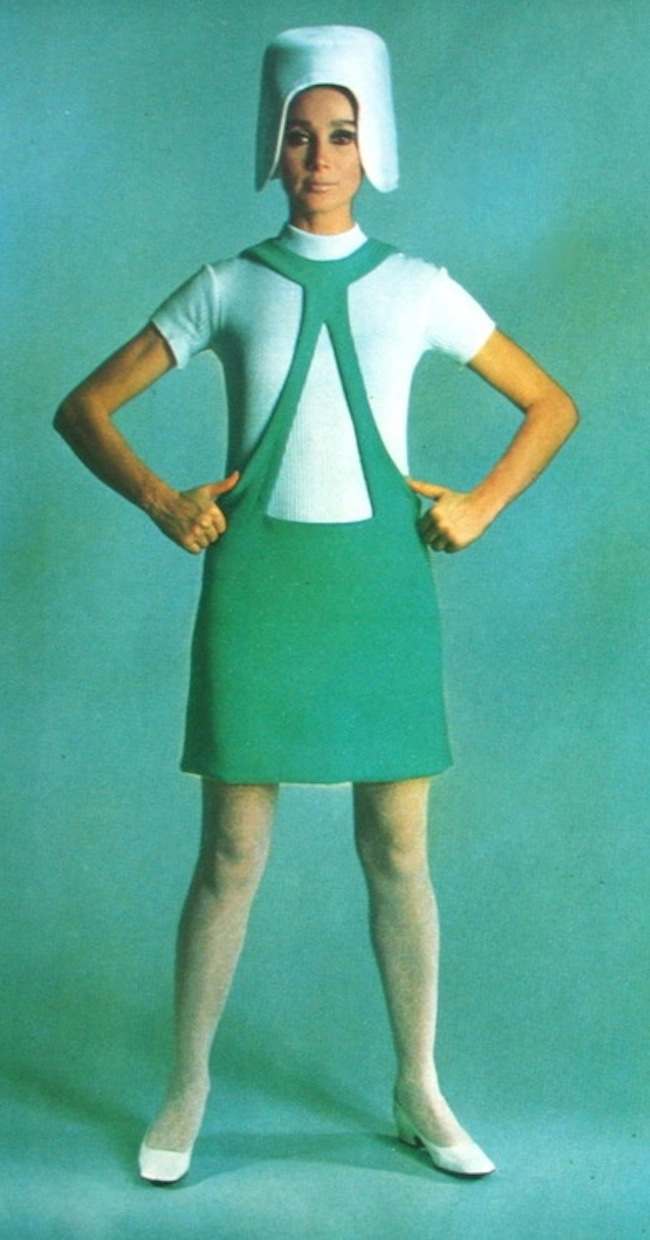
Glenn completed three orbits of planet Earth, and three more orbital flights were made, culminating in L. Then, on February 20th, 1962, astronaut John Glenn became the first American to be launched into orbit by an Atlas launch vehicle as part of Friendship 7. On May 5th, 1961, astronaut Alan Shepard became the first American in space aboard the Freedom 7 mission. The first seven astronauts, nicknamed the “ Mercury Seven“, were selected from from the Navy, Air Force and Marine test pilot programs. Designed to send a man into space using existing rockets, the program quickly adopted the concept of launching ballistic capsules into orbit. Meanwhile, NASA began work on Project Mercury, a program taken over from the US Air Force which ran from 1959 until 1963. The re-entry capsule of the Vostok 3KA-3 (also known as Vostok 1) spacecraft after landing south west of Engels in southern Russia. On June 16th, 1963, Valentina Tereshkova was sent into orbit aboard the Vostok 6 craft (which was the final Vostok mission), and thus became the first woman to go into space. On April 12th, 1961, Gagarin was launched aboard the Vostok 1spacecraft from the Baikonur Cosmodrome, and thus became the fist man to go into space (beating American Alan Shepard by just a few weeks). Known as The Vanguard Six, this group consisted of Yuri Gagarin, Valery Bykovsky, Grigori Nelyubov, Andrian Nikolayev, Pavel Popovich, and Gherman Titov. Along with numerous unmanned tests, and a few using dogs, six Soviet pilots were selected by 1960 to be the first men to go into space. In the case of Vostok, this consisted of developing a space capsule that could be launched aboard an expendable carrier rocket.


This began in January of 1959 in both Russia and the US with the Vostok and Mercury programs. Siddiqi Vostok and MercuryĪfter Sputnik, the Soviets and United States began to work on developing the necessary spacecraft to send humans into orbit.

Photograph of a Russian technician putting the finishing touches on Sputnik 1, humanity’s first artificial satellite. Immediately, NASA became dedicated to researching hypersonic flight and taking the necessary steps towards creating manned spacecraft. Eisenhower to take immediate action, which resulted in the signing of the National Aeronautics and Space Act on July 29th, 1958, officially establishing NASA. News of the launch triggered a great deal of fear in the United States, as many worried that Sputnik could represent a threat to national security, not to mention America’s technological leadership.Īs a result, Congress urged then-President Dwight D. Also, the feedback influence of the space-age fashion on the new generation SpaceX and Boeing suits is discussed.The Space Age is thought to have officially begun on October 4th, 1957, with the launch of Sputnik 1 by the Soviet Union – the first artificial satellite to be launched into orbit. Major creative ideas included new colours such as silver, new materials such as metallic, new styling such as flying saucer, new patterns such as totems, and the use of new technologies such as 3-dimensional (3D) printing, with the most important considerations of noble, elegancy and aesthetics. The purpose of this paper is to systematically and methodically review the inspiration and significant influence of space exploration and universe discovery on the fashion aesthetics, styling and design in six decades from 1960 to the current year.

For the six decades up to now, at least 15 fashion designers launched the so-called “Fashion communities’ interplanetary mission” in different years: André Courrèges (1964), Mary Quant (1965), Reed Crawford (1966, specialized in hat design), Pierre Cardin (1968), Paco Rabanne (1968), Thierry Mugler (1979), Issey Miyake (1995), Alexander McQueen (1995), Nicolas Ghesquière (2007), Hussein Chalayan (2007), Christopher Kane (2011), Raf Simons (2014), Donatella Versace (2016), Karl Lagerfeld (2017), Nicolas Ghesquière (second time in 2019, as the artistic director of Louis Vuitton) and Iris Van Herpen (2019). On the other hand, Pierre Cardin demonstrated his early space-age work at the Paris Fashion Week in 1968 and was called the pioneer of the space-age fashion designer. From 1964, André Courrèges extensively used the white and silver metallic colours which soon became the definition of aesthetics at that time and was named Godfather of the space-age designer. Being inspired by the rapid developments in space and universe explorations, André Courrèges, Pierre Cardin and many other designers opened the frontier territory of the space-age era in the fashion community. Launch date of the first artificial satellite Sputnik 1 was on October 4, 1957, therefore it was commonly considered to be the starting year of the space age.


 0 kommentar(er)
0 kommentar(er)
